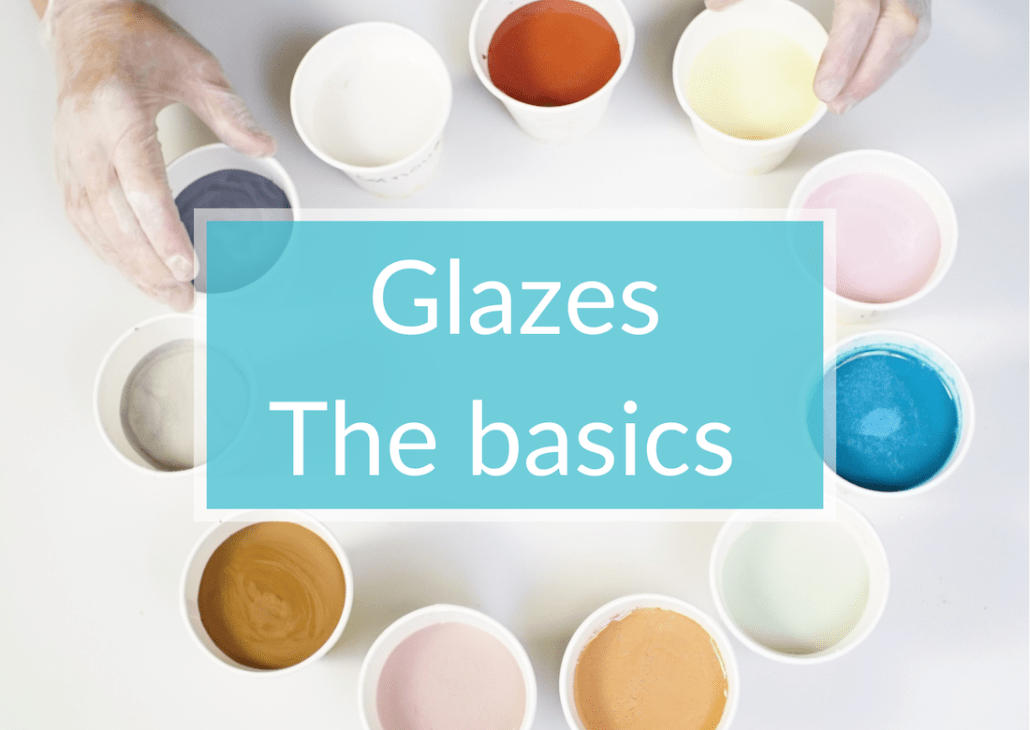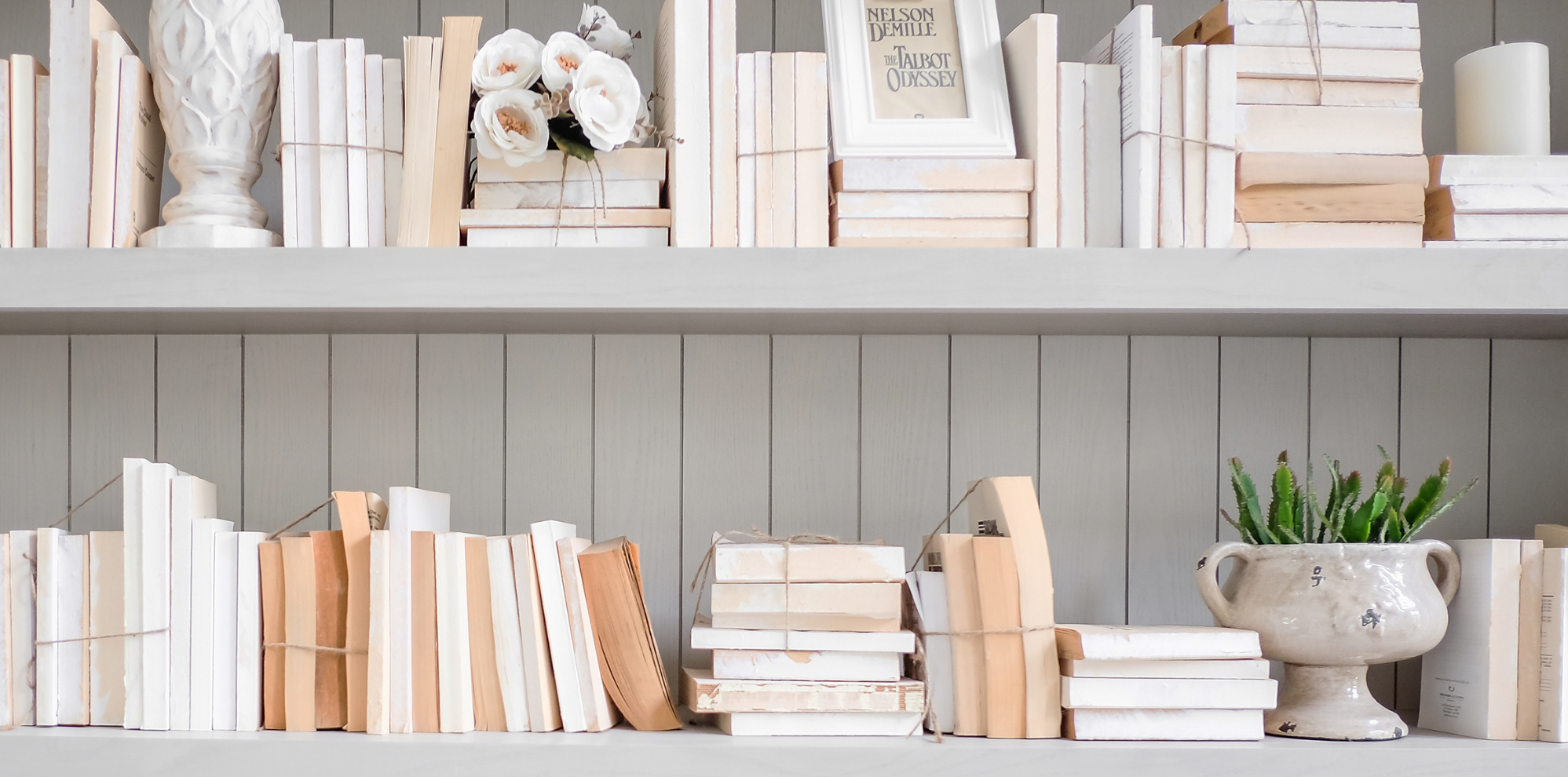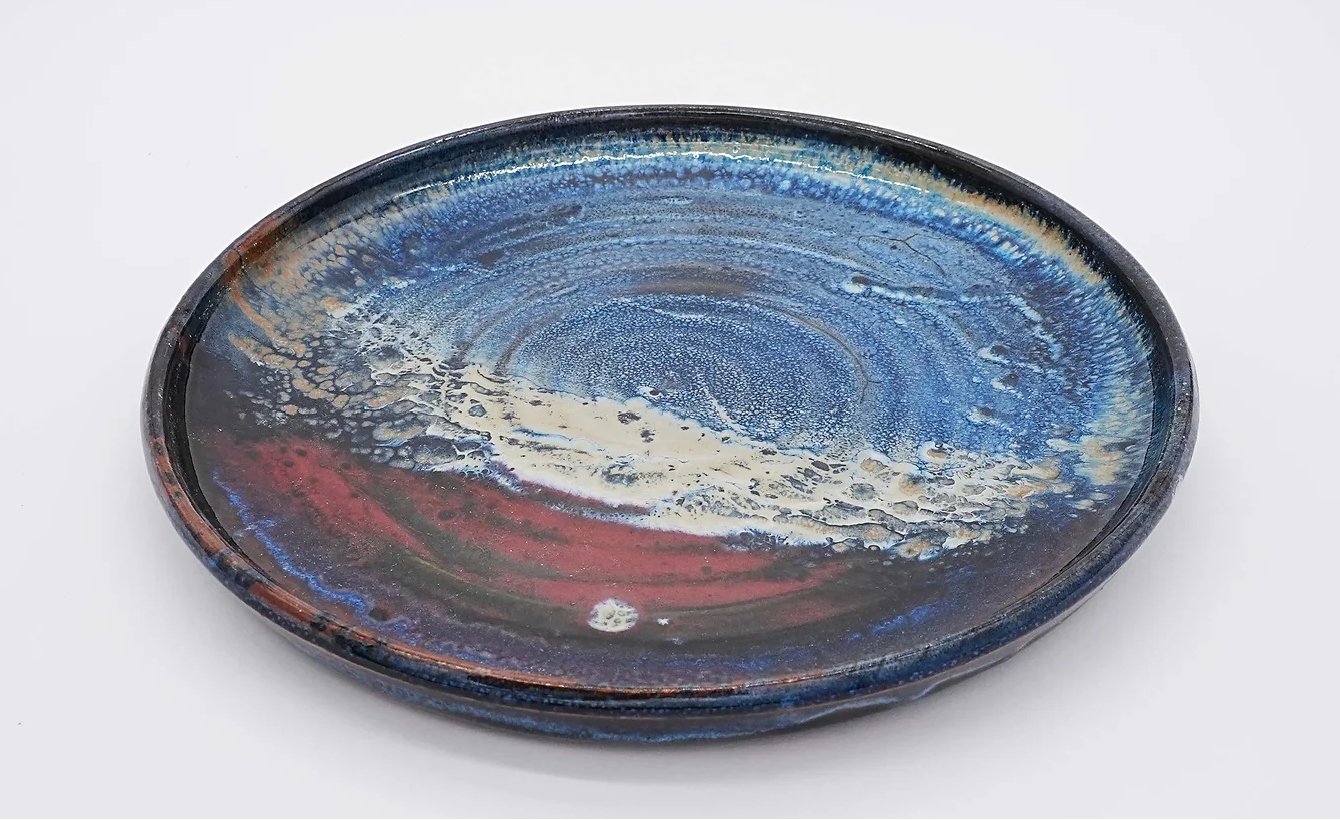Mocha Tea, a ceramic decorating technique using slip
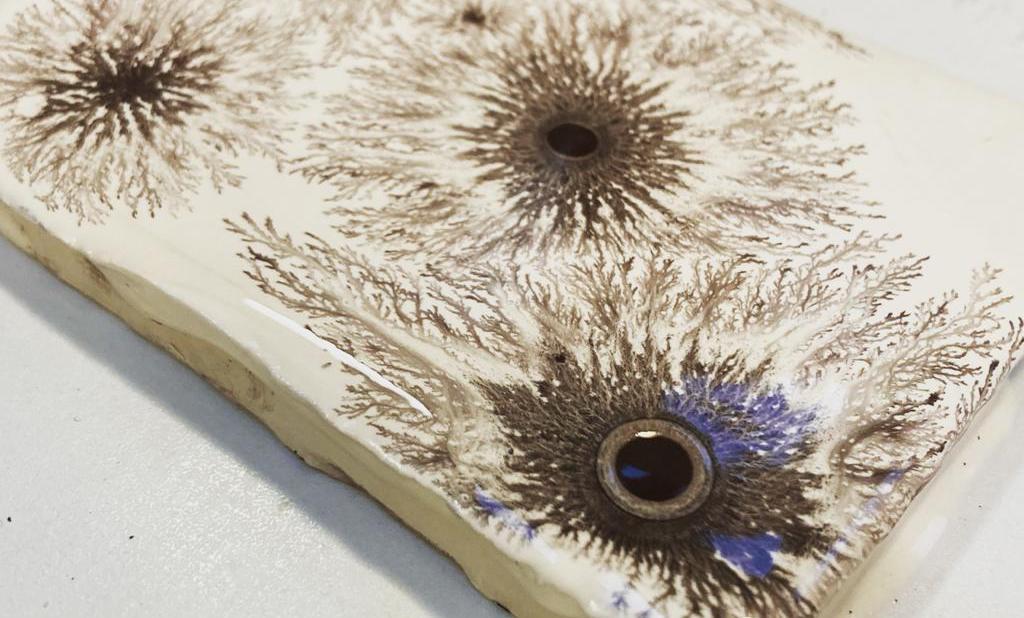
We are delighted to share with you a lovely ceramic decorating technique with slip called “Mocha Tea”. This technique is inspired from the mocha stone which is a translucent stone with markings resembling fern or tree branches. This stone is found near a port in Yemen, al-Mucka which was the main coffee trading most from the 16th to the 18th centuries.
Invented in England in the 18th century, this technique was originally done with a tobacco recipe, which explains the “tea”. But as this brew is lethal even in small doses owing to its high concentration in nicotine, we strongly recommend you make Mocha Tea with another acidic product.
Step 1: Making your own Mocha Tea recipe
The principle of Mocha Tea is to pour an acidic product on a basic product to create a reaction which allows you to draw a tree. So what you need is an acidic product with a pH of about 6, an colouring oxide and a basic product such as a clay slip which is made, among other things, from potassium, sodium and whiting.
Preparing an acidic solution
As you need an acidic product, tobacco can be easily replaced by lemon, white vinegar, cider or instant coffee. Some people also use wine or beer with very beautiful results!
Given that each product has a slightly different pH, each will react differently at contact with the slip to produce plant designs that are revealed by colouring oxides. Try experimenting with different shapes and colours for truly original ceramic decorations!
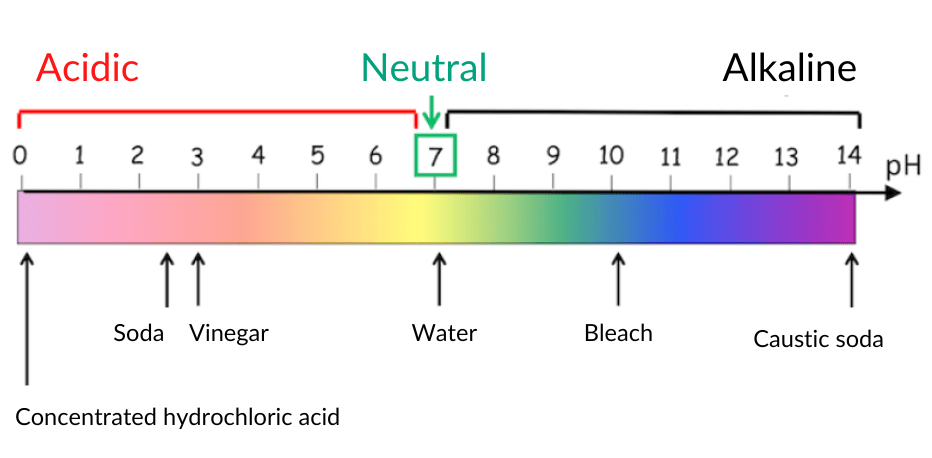
For 100 grams of acidic product add 10 grams of iron oxide or 5 grams of chrome oxide. These are recommended quantities, as there is only one pure oxide, and whether there are 5 or 6 grams doesn’t change the result, as it is not a glaze. You can also choose to add cobalt, manganese or copper. All colouring oxides will give a specific colour to this phenomenon.
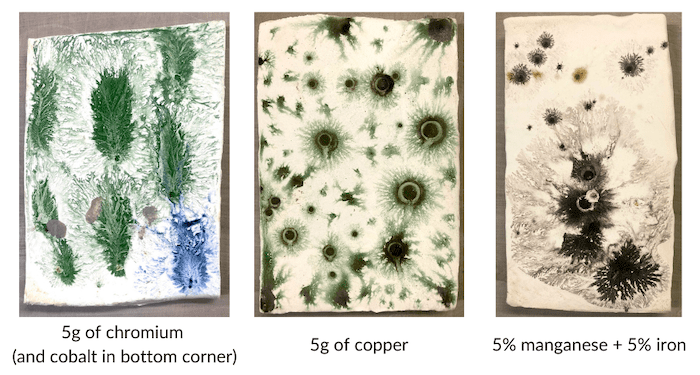
The consistency of your acidic solution should resemble Chinese ink.
Preparing your slip
The slip must be homemade because it is impossible to know what industrial slips contain and thus to predict the chemical reaction. It can be prepared in two ways: either by using clay that you mix with water, or by making clay from raw material powders. In both cases, for the best result, the desired consistency should resemble crepe batter.
To obtain this, the clay used must have a good concentration of ball clay or kaolin. Here are a few recipes to prepare your slip:
3 possible recipes:
- Ball Clay 75%
- Kaolin 25%
- Ball clay 75%
- kaolin 10%
- Silica 10%
- Feldspar 5%
- Kaolin 50%
- Ball clay 50%
Just as for your acidic solution there are many slip recipes. Each one will give you slightly different results and it is only by trying them that you will figure out the one you like the best!
It should be noted that the Mocha Tea technique can be used at both high and low temperature. You should use a white earthenware slip if you are planning on a low temperature firing and a slip made from porcelain (or one of the abovementioned recipes) if you want to fire at high temperature.
Step 2: How to decorate your ceramic piece
To use the Mocha Tea technique, the clay must still be slightly damp when you apply the slip (leathery consistency). The slip can be applied with a brush, but a ladle or dipping is much more efficient to obtain a smooth, homogenous slip.
Once the engobe is applied, you have 10 to 20 seconds to apply drops of acidic solution before it is too dry. In fact the acidic solution will only spread on the slip if it is still shiny with moisture, before the water is absorbed by the piece. It is this that enables the Mocha Tea to develop like a tree or fern.
Depending on the type of branches you want to make, you can either make small strokes with a thin brush, or make drops with a dropper. In addition, depending on the angle of the piece, you will obtain a different result: if you hold it horizontally, it will spread everywhere at the same time, giving the effect of rays of sun around a main point. However, if you hold it at an angle, you will get a branch like effect.
Step 3: Firing Mocha Tea decorated ceramics
Once you have decorated your ceramic, you should let it dry before bisque firing it in a kiln between 960°C – 1020°C depending on the clay used.
Once the ceramic has been bisque fired, you can apply transparent glazes to protect it. Hence you need to fire it again at the appropriate temperature for the type of clay and the transparent glaze used. This can be entirely transparent and glossy or more satiny (and hence a bit less transparent). However, avoid using overly opaque glazes as you won’t be able to see the Mocha Tea effects.
Mocha Tea when working with a slab
If you are working with a slab, you can apply slip on clay that is still very damp. This makes the process much easier because the slip remains damp for nearly fifteen minutes, which leaves much more time to finish the decoration.
Mocha Tea on a thrown piece
If you are working on the wheel and you want to trim the piece before decorating, the piece must already have a leathery consistency, and it must be relatively dry. This means that you only have 10 to 20 seconds to apply Mocha Tea once the piece has been dipped in the slip, as explained above, as the leathery consistency of the clay quickly absorbs the water in the slip, which once dry does not allow the Mocha Tea to spread.
However, there is one case where you can easily use Mocha Tea on a perfectly finished, thrown piece, as if it had been trimmed.
If you have used a pre-shaped bat, you can use Mocha Tea to decorate the inside of the piece just after throwing it. As it is held in place by the plaster, there is no risk of warping. Hence you will have plenty of time to create your designs on still-damp clay. Once the piece has dried on the bat you can unmould it and you will have an already decorated piece, with a bottom that is as beautiful and finished as if you had trimmed it!

Then all you have to do is to fire the piece, then glaze it with a clear glaze to protect it well.
Now that you have an overview of different Mocha Tea techniques, choose the one that’s right for you!
Like our advice? Sign up for our newsletter at the bottom of this page to make sure that you don’t miss out on any valuable tips!

Resource centre
animated by Matthieu Liévois,
potter-ceramist for over 40 years and founder of the Creamik School
Find all the courses
Keywords
Don’t miss any more news from the Créamik school!


